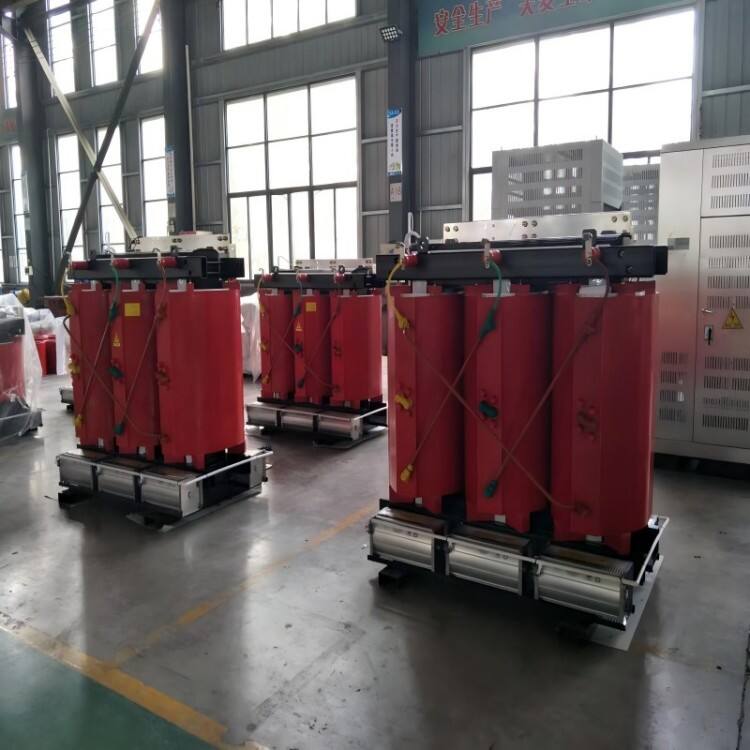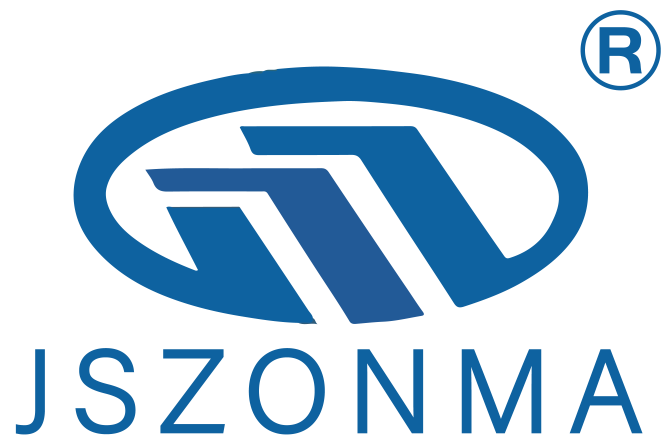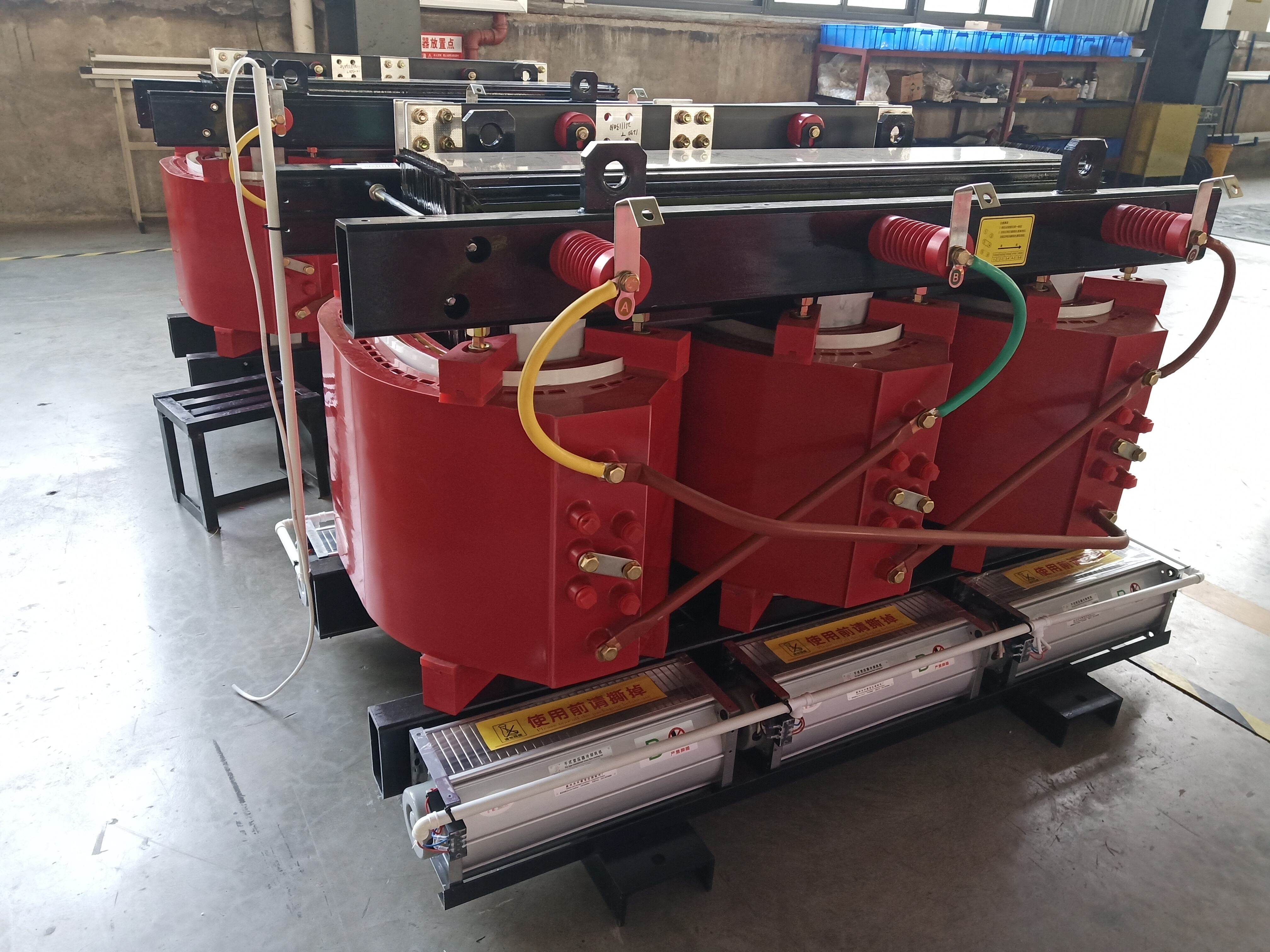Understanding Your Facility’s Voltage and Power Requirements
Calculating Total Connected Load
It is important to calculate total connected load – whether you are developing a new property or looking to upgrade your existing property – in order to ensure your commercial building’s electrical systems operate effectively. This is calculated by finding out the total attached appliances and their power ratings, once summed can be used to determine the load in KW. Take different load types (lighting, HVAC, machines) into account to understand the total power requirements. It's important to refer to the data or power rating label of the equipment manufacturer’s in order to get true data.
Factoring in Future Expansion Needs
Sufficient future expansion requirements have to be considered for the design of electric power requirements. Factors you may want to consider, might be that that you anticipate your facility to grow, in the next 5 to 10 years. Methods of analysis such as comparing growth trends in similar industries can be providing helpful information. By designing in a margin during load calculating, your facility can maintain the ability to handle unexpected demands and equipment add-ons without replacing or supplementing entire systems. This diffusion of proactive analytics cuts down on time and resources in the future and allows for nonstop continuity of operations.
Determining Maximum Demand Load with Demand Factor
A key to planning for power requirements is knowing peak demand load, based on past demand levels and the time of peak use. This analysis falls into the category of the demand-factor approach which recalculates dimensions for a number of different loading patterns to avoid any unrealistic or overly- conservative design assumptions. The normal demand factors can be in a wide range from one facility to another, and they must be used properly. That way, you can customize your power design to effectively manage these peak loads without putting stress on the system or risk its collapse.
Converting Load to kVA and Adjusting for Efficiency
It is important to learn the kW to kVA conversion, when you’re working with data related to electrical system planning and the power factor on such work materializes. Its role is to indicate how efficiently electricity is being used and it is useful for conversion. Efficiency levels of transformers are also a huge consideration due to the energy loss in the system. It is essential for designers to know the current design standards and sustainability guidelines in order to use energy-efficient solutions and minimize operating cost.
Selecting the Optimal Transformer Capacity
Determination of the optimum power transformer capacity depends on a series of layering steps from total load calculations to the selection of transformer capacity ratings. Finding this balance between safety margin and cost efficiency is essential to ensure the transformer will meet current and future needs without excess cost. Experience from industry standards or case studies can help drive such decision making. With the use of the right transformer, enterprises can enjoy continuous power supply and can enhance operational efficiencies.
Impact of Humidity and Temperature on Transformer Performance
Transformer performance and life are also greatly affected by extremes in humidity and temperature. Transformers will work best when sheltered from the elements. For instance certain temperature ratings are specified for varying transformer categories and these are limits within which the transformers may operate. It is very important to monitor the environmental state to guarantee an extended service life. The moisture infavorable transformer internal Components may have moisture penetrates, insulation failure can occur, theedics may also lead to temperature resistance of insulating devices and other devices.
Addressing Space Limitations and Installation Challenges
Transformer mounting is often a problem when confronted with confined space. Top Fence Placement For best placement, consider ventilation, accessibility and safety clearance. In space-constrained installations, the choice of low-profile transformer configurations and/or innovative mounting ideas is extremely important. Safety and space requirements are commonly specified by regulations for transformer plant installations.
Special Considerations for Hazardous Environments
For hazardous location installs transformers need to meet certain codes and regulations. The choice of transformers in these locations highlights the need for suitable enclosures and cooling techniques for safety. Chemical and mining plants generally require special transformers which resist environmental hazards and can be used in hazardous environments to provide and ensure safe power supply.
Choosing Between Oil-Filled vs. Dry-Type Transformers
Advantages of Oil-Cooled Transformers for High Load Applications
Oil cooled transformers are outstanding in thermal efficiency as well as coolness even under high load condition. The oil inside these transformers ensures ongoing circulation to minimize heat buildup so that you can have continuous operations while reliable performance is guaranteed throughout. Manufacturing and Mega Data centers are two industries that frequently count on oil-based transformers to accommodate high electrical use. Furthermore, the reliability characteristics of oil-filled transformers are generally better than some other types, and for applications where a more continuous power supply is needed, making them the better option.
Benefits of Dry-Type Transformers in Controlled Environments
There are several safety benefits in using dry transformers, especially in industrial indoor or urban settings. Unlike oil-filled models, they are not prone to leaks and spills, ideal for locations where environmental and safety issues are factored in. Being low maintenance and non-hazardous, they lower overall operating risk and meet a variety of codes promoting the use of dry-type transformers in commercial buildings. This is not only because of their environmental and safety aspects, but also their durability to ensure stable power- distribution for numerous types of applications.

Maintenance Requirements for Different Cooling Methods
Transformer maintenance is quite different between oil-cooled and dry type. Lubricated transformers require periodic inspection for oil leaks, which can cause inefficiencies and environmental problems if not addressed. Dry type transformers, however, do not nil the oil orientated need for disposal of the oil and, therefore, only periodic cleaning is required to maintain these transformers in the clean condition necessary for best performance. A maintenance-free concept is still sacrificing lifespan and operation for either type. According to industry experts, with regular inspections and immediate repairs (or adjustments), the time between interruptions and loss of production time is kept to a minimum.
Ensuring Compliance with Industry Standards and Regulations
Navigating Local Electrical Codes and Safety Certifications
It is important to know and comply with local electrical codes and safety standards when installing transformers. First, know the codes that apply to your area – because they are what dictate how you put transformers into service. For instance, transformers in the USA have to adhere to NFPA (National Fire Protection Association) and NEC (National Electrical Code) standards etc. atisfying local codes is only one part of the equation, however; obtaining certifications such as UL (Underwriters Laboratories) or IEC (International Electrotechnical Commission) is vital for proving compliance and safety. Periodic inspections and audits performed by qualified professionals are also critical to ensuring compliance, as they identify potential problems and confirm that installations are in compliance with all relevant regulations.
Importance of Energy Efficiency Ratings (DOE 2016/2020)
Energy saving is one of the most important factors in transformer procurement in terms of cost and the environment. Meeting Department of Energy (DOE) energy reduction ratings, as created in 2016 and 2020, can yield expanded benefits. These standards establish efficiency levels for new transformers, encouraging the adoption of energy-saving improvements in the transformer market that will save consumers money in the form of lower electricity bills. For example, case studies illustrate that transformers complying with these efficiency standards significantly decrease energy costs. In addition, energy-saving transformers help reduce carbon footprint by preventing energy losses. That is why selecting transformers that comply with or surpass DOE efficiency levels makes good ecological and economic sense.
Verifying Manufacturer Compliance and Product Reliability
Since the transformers play a critical role in the industry, it is very important to check the authenticity and conformation of the specifications about the safety and performance of the product and the national standards with which the transformers complies. Review previous customers reviews, perform audits, and check third-party certifications to check on a manufacturer’s reputation. These procedures build rapport and provide a guarantee that the products are compliant with industrial norms. Non-compliant transformers selection has the potential to cause operational headaches, which may result in increased downtime and loss due to expensive maintenance. As such, it has never been more important to choose high quality transformers from trusted manufacturers who have a reputation for conforming to the necessary standards. We also reduce exposure to non-compliant products that may represent compromised safety and performance over the long term.
FAQ
What is the significance of calculating total connected load?
Calculating the total connected load helps ensure that the electrical system of a facility operates efficiently by accurately assessing the power needs based on equipment usage.
How do future expansion needs impact electrical planning?
Considering future expansion needs allows facilities to plan for growth and additional power requirements, preventing the need for major system overhauls later on.
Why are humidity and temperature important for transformer performance?
Humidity and temperature affect transformer efficiency and lifespan, requiring controlled environments to prevent issues like moisture ingress and insulation failure.
What are the advantages of oil-filled transformers?
Oil-filled transformers are ideal for high load applications due to their superior thermal efficiency and cooling capabilities, essential for reliable heavy-duty performance.
How do energy efficiency ratings influence transformer selection?
Energy efficiency ratings, such as those set by the DOE, promote the use of energy-saving transformer models, leading to reduced energy consumption and economic benefits.
Table of Contents
-
Understanding Your Facility’s Voltage and Power Requirements
- Calculating Total Connected Load
- Factoring in Future Expansion Needs
- Determining Maximum Demand Load with Demand Factor
- Converting Load to kVA and Adjusting for Efficiency
- Selecting the Optimal Transformer Capacity
- Impact of Humidity and Temperature on Transformer Performance
- Addressing Space Limitations and Installation Challenges
- Special Considerations for Hazardous Environments
- Choosing Between Oil-Filled vs. Dry-Type Transformers
- Advantages of Oil-Cooled Transformers for High Load Applications
- Benefits of Dry-Type Transformers in Controlled Environments
- Maintenance Requirements for Different Cooling Methods
- Ensuring Compliance with Industry Standards and Regulations
- Navigating Local Electrical Codes and Safety Certifications
- Importance of Energy Efficiency Ratings (DOE 2016/2020)
- Verifying Manufacturer Compliance and Product Reliability
- FAQ

